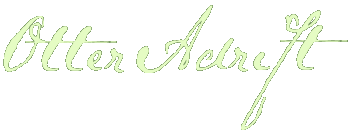The Chinese have ruined Lhasa – that was my thought as we drove into the famed holy city of the Dalai Lama. The postcards are all lies; the great Potala palace sits forlornly in the middle of a bustling modern Chinese city. To give you an idea, take Edinburgh Castle, remove it from its renowned seat at the top of the medieval Royal Mile and plonk it in the middle of Milton Keynes town centre. All atmosphere extinguished. The Lonely Planet guide (circa 2004) says “Your first sight of the Potala will be a magical moment that you will remember for a long time.” Not a chance. It is so marooned in a sea of modern metropolitan mess that the strongest emotion it stirred in me on first sight was disappointment with a touch of sadness.
It’s hard to visit Tibet without letting the politics get to you a little. Each Tibetan town of any size that we visited has developed an adjoining modern Chinese sprawl like a tumour which has grown larger than its original host. I couldn’t possibly deny the Tibetans the conveniences of modern life, to insist they remain rustic would be the worst kind of tourism. But the modern sprawl comes complete with a population of immigrant Han Chinese that seem both more numerous and more business-minded than the Tibetans.
Quite apart from population pressure, Tibetans in their own land have less rights than the Chinese immigrant. Our guide explained that he (and any Tibetan) needs awkward-to-obtain permits in order to travel from one place to another within Tibet, and they cannot travel outside of their country at all. Any other Chinese citizen can of course travel anywhere in Tibet at will. Surely if Tibet is in China then Tibetans should be Chinese citizens?
All school lessons are now taught in Mandarin, apart from Tibetan which is a separate subject – so now it’s a second language in its own home.
The soldiers are the final giveaway that Tibet is still very much occupied territory. They patrol in troops through the streets of Lhasa, even the most touristic areas are no exception. And they have parasols set up on all the roof corners overlooking the Barkhor Square, so they don’t bake their brains while looking down on the bustling Tibetan population with machine guns in hand.
We never saw one iota of trouble in our brief week, and the Tibetans seem like the most peaceful and amiable people on earth (thank Buddhism for that). I’m curious about how much lies under the surface, though, and why the Chinese feel the need to display their authority so loudly and clearly.
Related Images:
















































